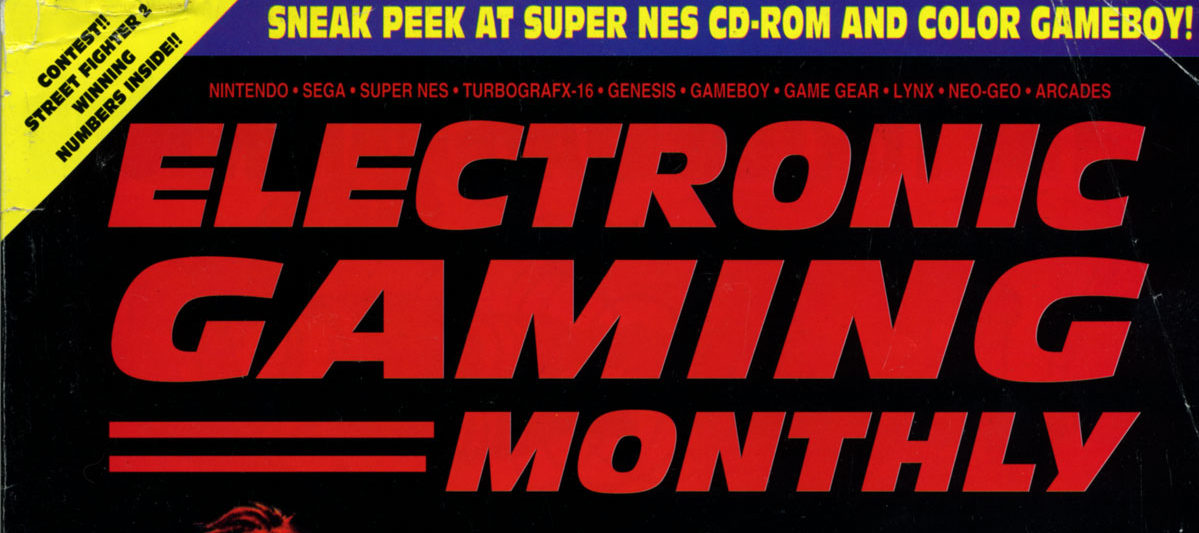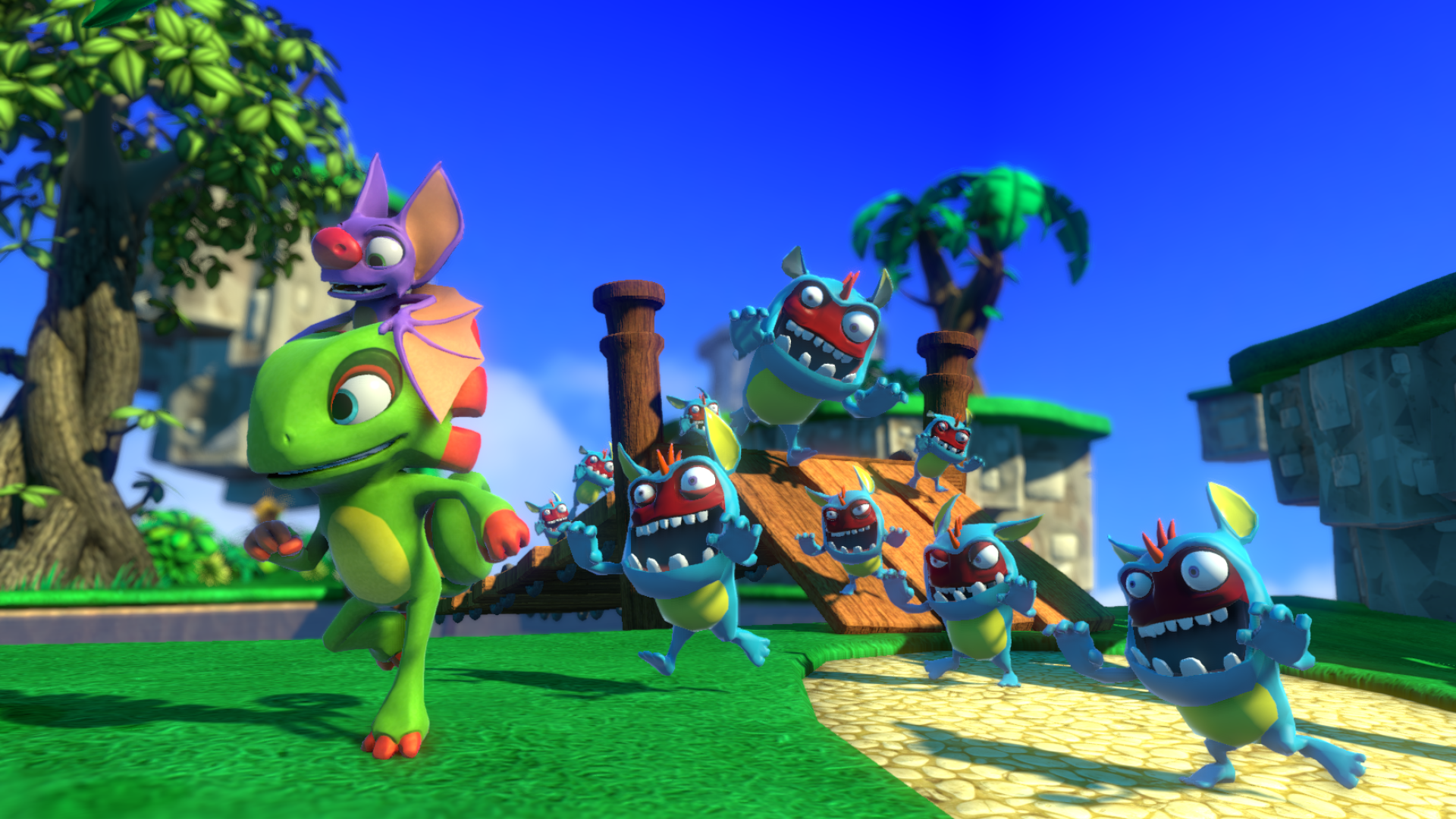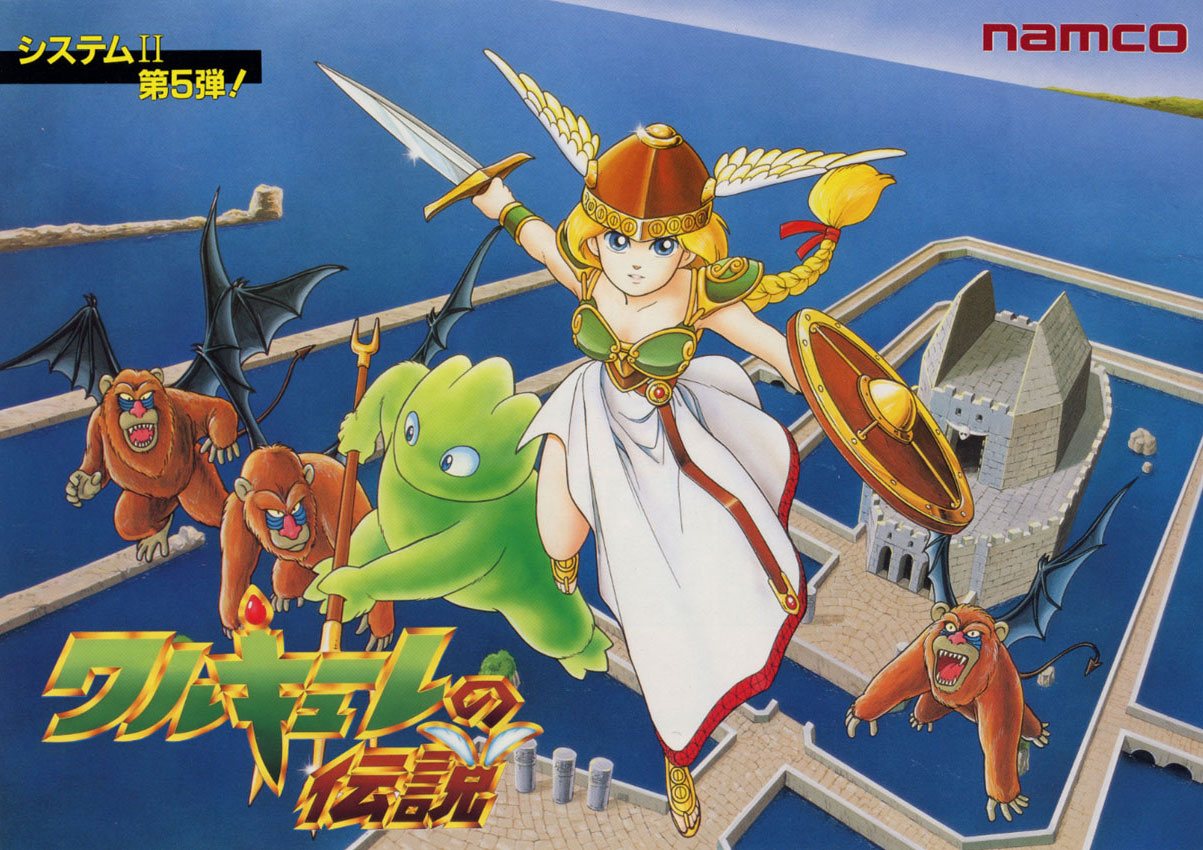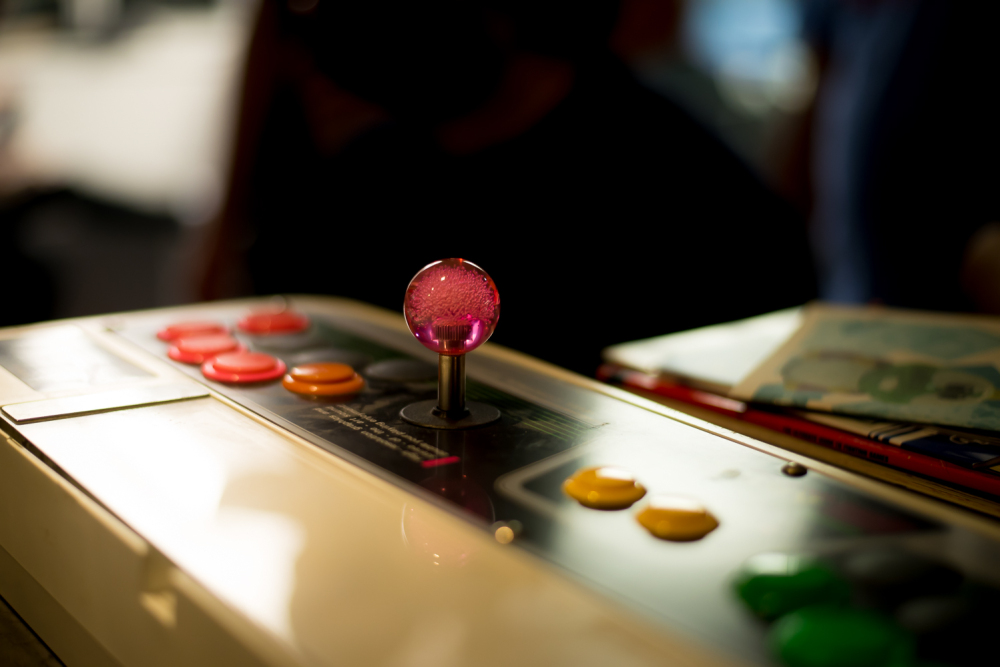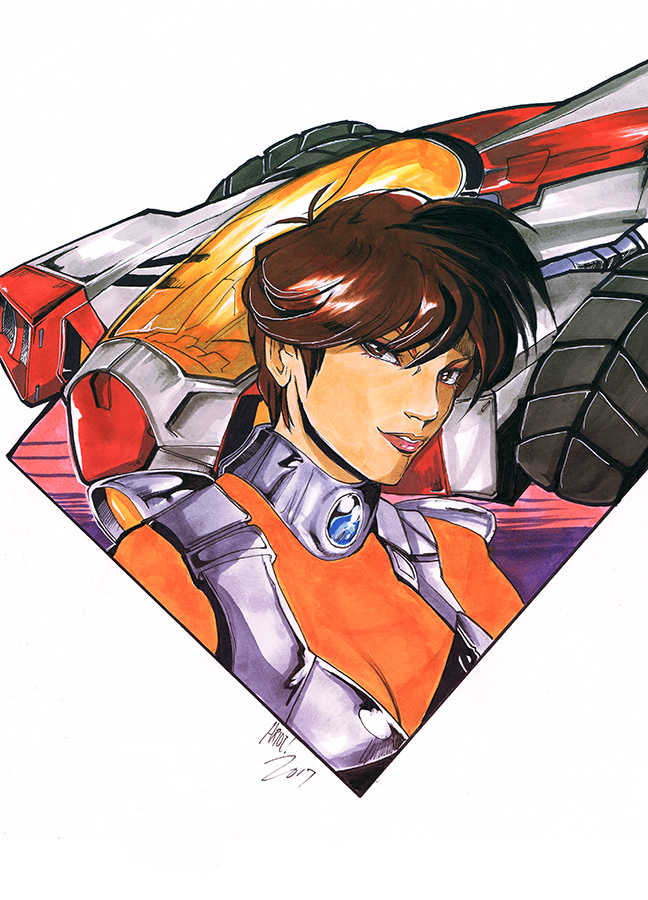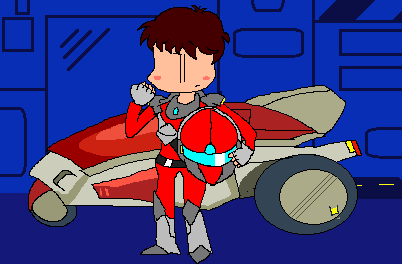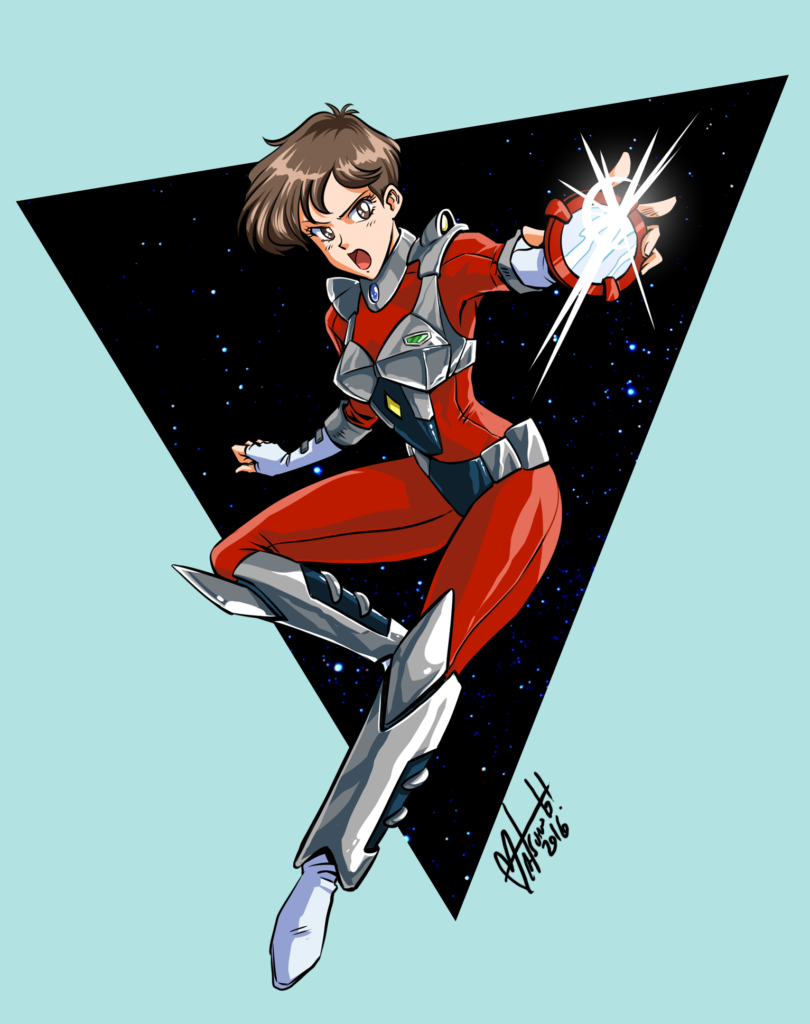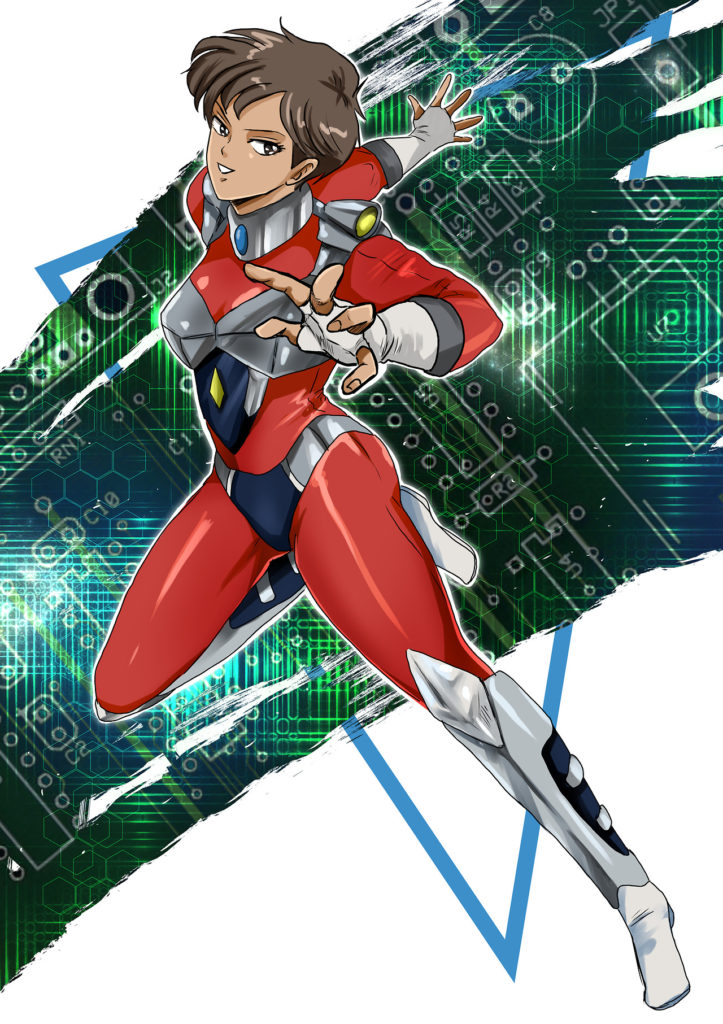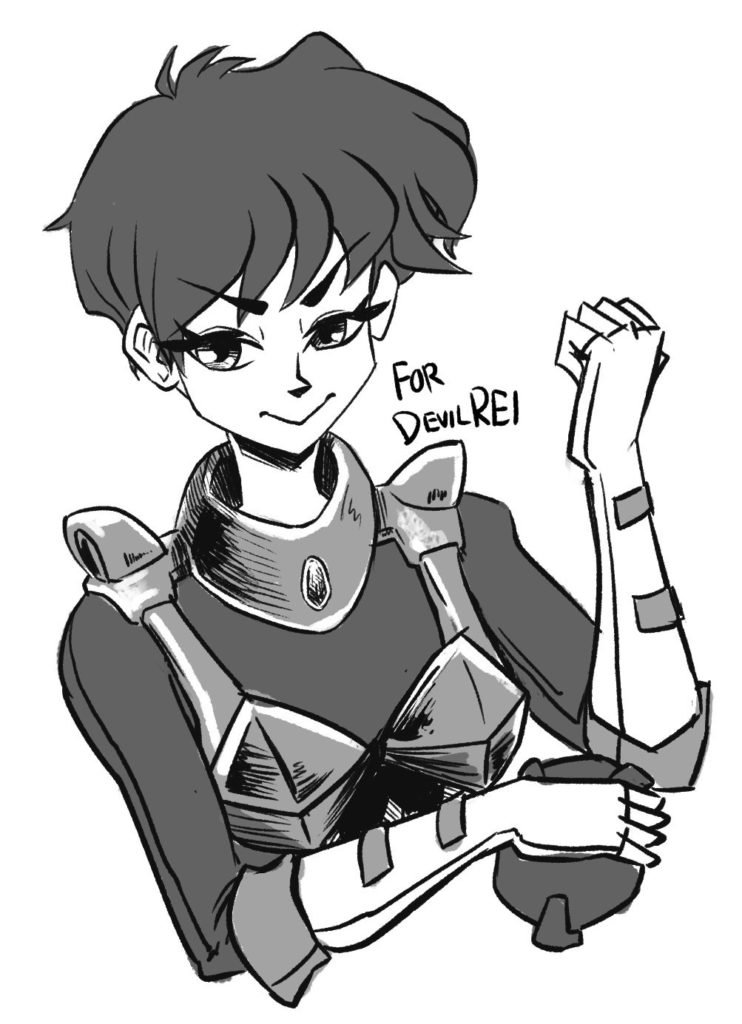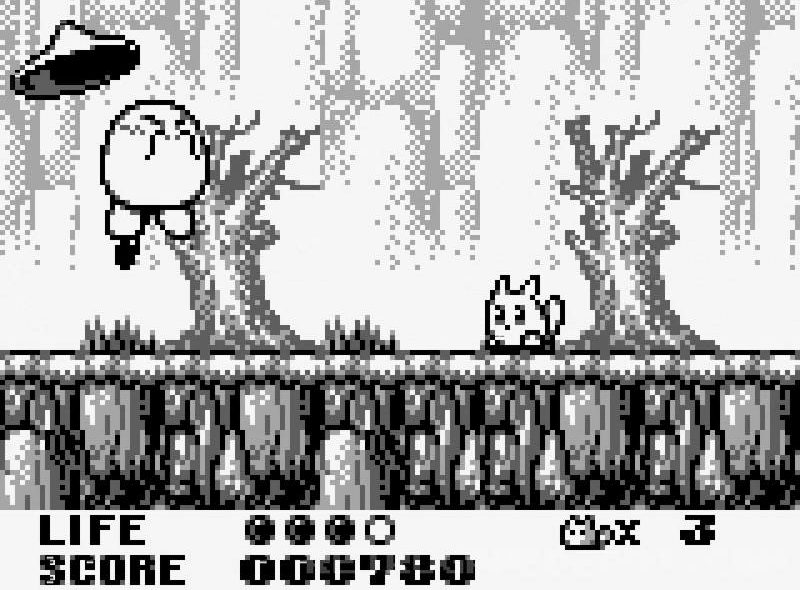The first non-Nintendo Power game magazine I subscribed to was Electronic Gaming Monthly. I was never a GamePro fan, Game Players had atrocious layouts until about 1995, and Gamefan didn’t get distribution in my neck of the woods until around 1995ish, so EGM was the go-to multiplatform magazine I’d buy on newsstands and take to school with me to read with classmates. Eventually, I convinced my parents to get me a subscription for Christmas of 1992.
Let me tell you, being an EGM subscriber in 1993 was an amazing thing. Every month, you’d get this humongous catalog-sized magazine dropped off in your mailbox, filled with screens and info on games for every platform under the sun, along with all the juicy details on the still-far-off 32-bit revolution and the vaporware SNES CD. Yes, the screenshots were generally terrible — I’m pretty sure their initial Mortal Kombat 2 screens were taken with a Polaroid and scanned in — but we all loved them regardless.
But with those gigantic issues came ads. Loads and loads of ads. For many games and peripherals, magazine ads were the best way to get the word out — TV ads were expensive, and they knew there were plenty of kids like me taking their magazines to read at recess with everyone else, so a national magazine ad purchase was an extremely smart buy.
Every so often, I pop onto archive.org’s collection of game magazines and go looking for old ads that I remembered. I’m still utterly mystified by what my brain has chosen to retain memories of, as some of the ads I remember very clearly are, in retrospect, not the sort of things that would likely worm their way into an easily impressionable pre-teen brain.
I want to share some of these with you, readers. They’re not the best ads of the era, nor are they the worst. But somehow, in EGM issues packed to the gills with screaming neon 90s ads that didn’t garner a second thought from me, they left such a lasting impression that I can still recall them.
